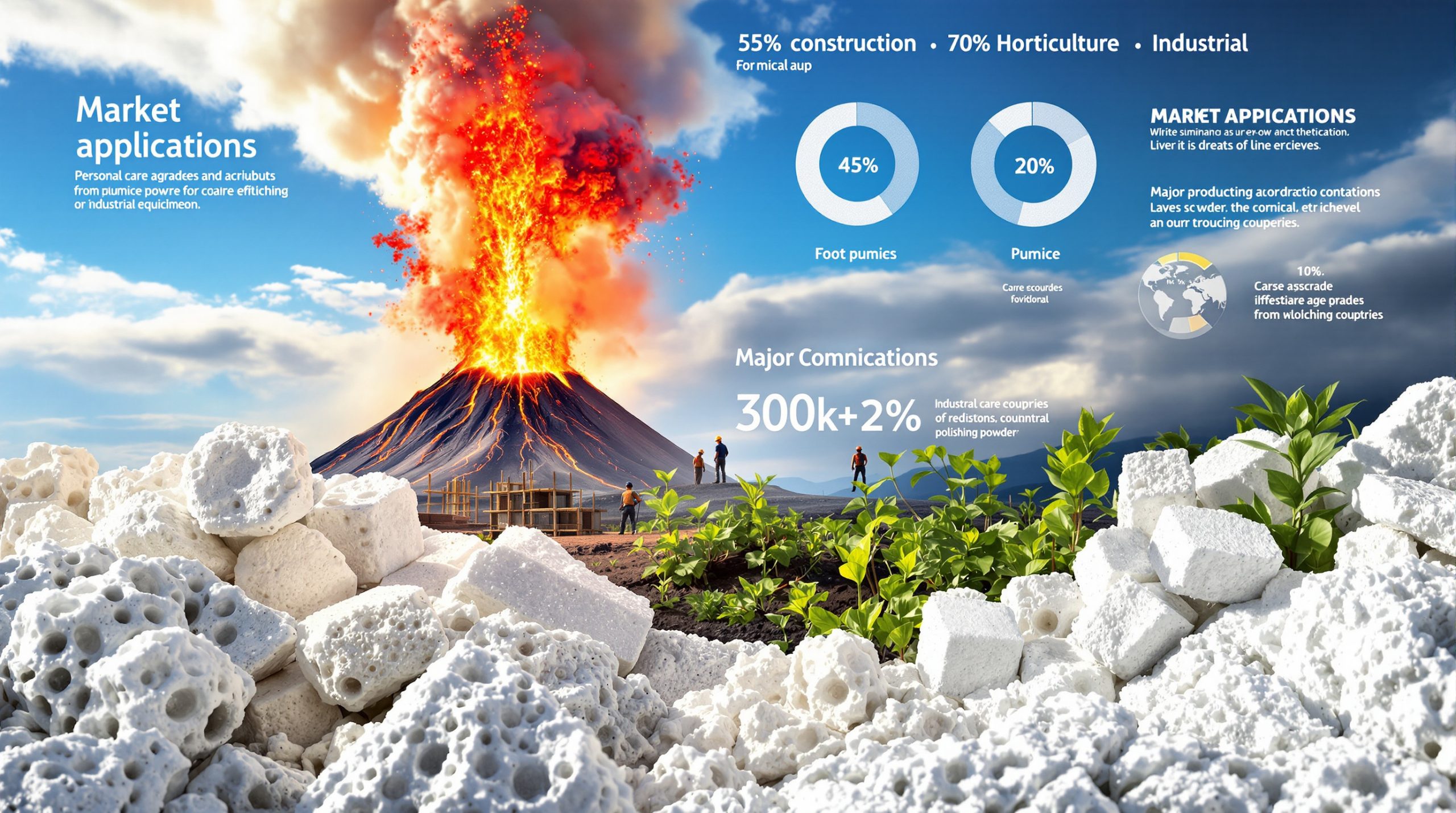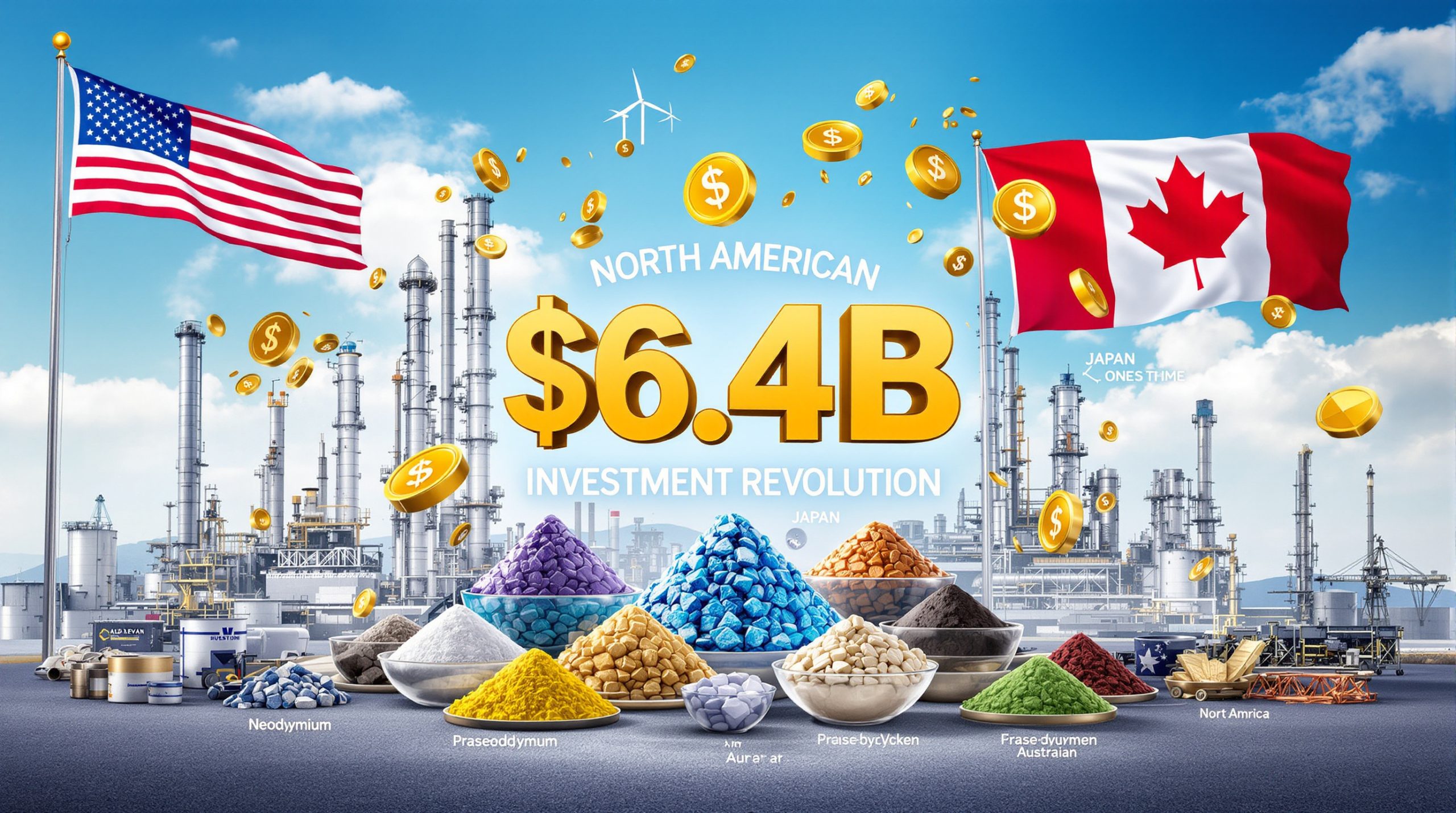Understanding Brazil's Steel Market Pressures in 2025
Brazil's steel sector faces unprecedented challenges as imports continue to stall steel price rises throughout 2025. The domestic industry struggles against a perfect storm of international competition, operational pressures, and structural disadvantages that threaten the viability of local production facilities. These market dynamics reflect broader US‑China trade war impacts affecting global steel trade patterns.
Market data reveals the severity of these pressures, with import volumes maintaining significant market share despite protective measures. According to recent industry reports, Brazilian steelmakers have implemented price increases but face persistent margin compression due to competitive dynamics with imported materials.
Table: Key Steel Market Indicators – Brazil Q4 2025
| Metric | Value | Market Impact |
|---|---|---|
| HRC Price Increase (October) | 8% | Limited effectiveness due to import competition |
| Domestic Production Pressure | Ongoing | Multiple plants operating at losses |
| Import Competition Level | Severe | Preventing further price adjustments |
| Antidumping Investigation Timeline | April-October 2026 | Extended uncertainty period |
The situation has reached critical levels, with industry executives expressing serious concerns about sector sustainability. Furthermore, market analysts indicate that several production facilities have been operating at negative margins, creating an unsustainable environment for domestic manufacturers.
What Role Do Chinese Steel Exports Play in Brazil's Market?
Chinese steel export policies significantly influence Brazilian market dynamics, despite recent attempts by Beijing to moderate export flows. The implementation of compulsory VAT collection on Chinese steel exports represents a notable policy shift, yet substantial import volumes continue affecting Brazilian pricing power.
Chinese Export Policy Evolution and Market Impact
The introduction of VAT collection requirements on Chinese steel exports theoretically increases export costs for Chinese producers. However, the competitive intensity remains high, with Chinese materials continuing to capture significant market share in Brazilian consumption patterns. These developments highlight the complex nature of geopolitical market dynamics influencing global steel trade.
Key factors driving Chinese export competitiveness include:
- Advanced manufacturing efficiency and scale advantages
- Integrated supply chain optimisation
- Strategic pricing approaches for international markets
- Government policy coordination affecting export flows
Brazil's Vulnerability to Import Dependency
Brazilian steel consumption patterns demonstrate heavy reliance on imported materials, creating structural vulnerabilities to external supply disruptions and pricing pressures. This dependency limits domestic producers' ability to implement necessary price adjustments despite rising operational costs.
The import dependency challenge encompasses multiple dimensions beyond simple price competition. Quality specifications, delivery reliability, and financing terms often favour international suppliers, particularly from China, creating additional competitive disadvantages for domestic producers.
Why Are Domestic Steel Producers Struggling with Pricing Power?
Brazilian steelmakers encounter a complex web of structural and competitive challenges that severely limit their pricing flexibility. Despite implementing price increases, companies report continued margin compression and operational difficulties as imports stall steel price rises in Brazil.
The "Brazil Cost" Factor
Local manufacturers contend with structural cost disadvantages that compound their competitive challenges relative to international suppliers. These systemic issues create persistent barriers to achieving sustainable profitability levels. Moreover, the broader tariff market implications affect how domestic producers can respond to import competition.
Critical Cost Structure Pressures:
- Elevated logistics and transportation expenses affecting distribution
- Higher financing costs compared to international competitors
- Complex labour regulations increasing operational overhead
- Infrastructure limitations constraining operational efficiency
- Energy costs and regulatory compliance expenses
Operational Challenges and Margin Compression
Recent reports indicate that major Brazilian steelmakers have implemented significant operational adjustments, including workforce reductions exceeding 1,000 employees during 2025. These measures reflect the severity of margin pressures affecting the industry.
Production capacity utilisation has declined at multiple facilities, with companies reducing operating hours to manage costs. Investment plans have been modified or deferred as companies prioritise cash flow preservation over expansion initiatives.
Industry executives have noted that competitive conditions prevent the implementation of additional price increases necessary to restore sustainable margins. Consequently, this creates a challenging operating environment for domestic producers.
How Effective Are Brazil's Trade Protection Measures?
Brazil's government has implemented various protective measures to support domestic steel production, yet their effectiveness remains limited in addressing fundamental competitive imbalances. Current policies include tariff adjustments and comprehensive antidumping investigations covering multiple steel product categories. These protective measures reflect broader patterns of trade wars and tariffs affecting global supply chains.
Current Tariff Structure and Limitations
Table: Brazil Steel Import Tariff Analysis – 2025
| Product Category | Previous Rate | Current Rate | Market Response |
|---|---|---|---|
| Hot-Rolled Coil | 10-11% | 12-14% | Limited price impact |
| Cold-Rolled Products | 11-13% | 14-16% | Moderate import reduction |
| Long Steel Products | 10-12% | 13-15% | Minimal effectiveness |
The tariff increases represent meaningful policy adjustments, yet import volumes remain substantial enough to constrain domestic pricing power. Market participants indicate that the magnitude of competitive pressures has overwhelmed the protective effects of these measures.
Antidumping Investigation Progress and Timeline
The comprehensive antidumping probe represents Brazil's most significant trade action, covering 25 steel products with particular focus on Chinese hot-rolled coil imports. Investigation findings are expected between April and October 2026, creating an extended period of market uncertainty.
Investigation Scope and Implications:
- Chinese hot-rolled coil under primary scrutiny
- Multiple product categories included in comprehensive review
- Extended timeline creating market uncertainty for all participants
- Potential for substantial duty implementations if dumping is proven
- Industry expectations for more robust protection mechanisms
The investigation timeline means domestic producers must navigate challenging conditions for at least another 12-18 months before potential relief through antidumping duties.
What Are the Macroeconomic Factors Affecting Steel Demand?
Brazil's broader economic conditions significantly influence steel consumption patterns and create additional demand-side pressures for domestic producers. Multiple macroeconomic headwinds compound the competitive challenges facing the industry, particularly where steel‑aluminum tariff exemptions in other markets create additional competitive pressures.
Interest Rate Impact on Construction Demand
High interest rates continue constraining construction activity, traditionally a major steel consumer sector. This demand-side weakness creates additional pressures on domestic producers already struggling with import competition as imports stall steel price rises in Brazil.
Economic Headwinds Affecting Steel Demand:
- Elevated borrowing costs reducing infrastructure investment
- Residential construction activity slowdown
- Industrial capacity utilisation below optimal levels
- Consumer spending constraints affecting downstream demand
- Government fiscal constraints limiting public works projects
Currency and Financial Market Dynamics
While currency devaluation typically provides natural protection against imports by making foreign goods more expensive, the magnitude of price competition has overwhelmed these traditional benefits. Brazilian producers have been unable to capitalise fully on currency weakness due to the intensity of import competition.
Financial market conditions also affect steel demand through their impact on capital investment decisions across multiple sectors that consume steel products.
How Are Major Steelmakers Adapting Their Strategies?
Leading Brazilian steel producers have implemented various operational and strategic adjustments to navigate the challenging market environment. These adaptations reflect both defensive measures and attempts to identify more favourable market segments.
Production and Workforce Adjustments
Strategic Response Measures:
- Reduced operating hours at multiple production facilities
- Workforce reductions exceeding 1,000 employees in 2025
- Investment plan modifications and project deferrals
- Focus shift toward higher-margin product segments
- Operational efficiency improvement initiatives
Major steelmakers have acknowledged that these adjustments are necessary to maintain financial stability during challenging market conditions. Companies report that persistent cost overruns at several plants have necessitated reduced operating schedules.
Export Market Development and Regional Focus
Some producers are increasing export activities to offset domestic market pressures, with certain export volumes showing significant growth. This strategy provides partial relief from domestic competitive pressures while utilising available production capacity.
Table: Brazilian Steel Export Performance Trends
| Region | Performance | Strategic Focus | Market Characteristics |
|---|---|---|---|
| South America | +29.5% volume growth | Regional integration | Established trade relationships |
| North America | Moderate expansion | Premium products | Quality-focused segments |
| Other Markets | Variable performance | Opportunistic approach | Market-specific strategies |
Export market development provides some offset to domestic challenges, though it cannot fully compensate for the scale of domestic market pressures.
What Does the Future Hold for Brazilian Steel Pricing?
Market outlook depends on several interconnected factors that will determine the timing and extent of pricing power recovery for domestic producers. Near-term conditions remain challenging, while longer-term prospects depend on policy effectiveness and global market developments.
Short-term Price Trajectory and Market Expectations
Industry analysts anticipate continued margin pressure through the remainder of 2025, with gradual improvement contingent on multiple factors aligning favourably. The effectiveness of Chinese export policies and domestic protection measures will significantly influence near-term outcomes where imports stall steel price rises in Brazil.
Critical Factors for Price Recovery:
- Effectiveness of Chinese VAT policy implementation on export flows
- Timing and magnitude of antidumping investigation outcomes
- Domestic demand recovery linked to economic conditions
- Global steel market rebalancing and trade flow adjustments
Long-term Structural Considerations
Potential market developments that could improve conditions for Brazilian producers include enhanced trade protection mechanisms, infrastructure investment programme launches, and regional trade agreement modifications. However, these developments require coordinated policy implementation and sustained commitment.
Structural Reform Priorities:
- Enhanced trade protection mechanism effectiveness
- Infrastructure investment programme implementation
- Industrial policy reforms addressing cost competitiveness
- Regional trade relationship optimisation
- Domestic demand stimulation through economic policy
How Can Investors Interpret These Market Dynamics?
The Brazilian steel sector presents complex investment considerations requiring careful analysis of both domestic policy developments and international trade dynamics. Multiple risk factors must be weighed against potential recovery scenarios.
Risk Assessment Framework for Steel Sector Investment
Investors should consider regulatory environment evolution, trade policy effectiveness, demand recovery sustainability, and competitive positioning improvements when evaluating steel sector opportunities. According to S&P Global Commodity Insights, Brazilian mills continue calling for more efficient import controls following recent government decisions.
Key Investment Considerations:
- Regulatory environment evolution and policy implementation effectiveness
- Trade protection measure timing and magnitude
- Demand recovery sustainability linked to broader economic conditions
- Individual company competitive positioning and operational efficiency
- Global trade dynamics affecting import competition intensity
Critical Recovery Indicators to Monitor
Specific metrics indicating potential market stabilisation include import volume trends, antidumping duty implementation timing, domestic construction activity indicators, and evidence of producer margin improvement. Industry reports from Rio Times Online highlight that Brazil's steel industry remains on the brink as imports surge, according to warnings from major producer Gerdau.
Monitoring Framework for Market Recovery:
- Import market share changes and volume trend analysis
- Antidumping investigation timeline and duty implementation
- Construction sector activity and steel consumption patterns
- Producer financial performance and margin restoration evidence
- Policy effectiveness measurement and adjustment cycles
The combination of these factors will determine whether imports continue to stall steel price rises in Brazil or whether domestic producers can achieve sustainable pricing power recovery.
Disclaimer: This analysis is based on publicly available market information and industry reports. Steel market conditions are subject to rapid change based on policy developments, global trade dynamics, and economic factors. Investors should conduct thorough due diligence and consider multiple information sources when making investment decisions.
Ready to Capitalise on Steel and Mining Market Opportunities?
Discovery Alert's proprietary Discovery IQ model provides real-time alerts on significant ASX mineral discoveries, helping investors identify actionable opportunities before broader market awareness develops. With steel market pressures creating volatility across commodity sectors, explore Discovery Alert's discoveries page to understand how major mineral discoveries have historically generated substantial returns for early investors.




